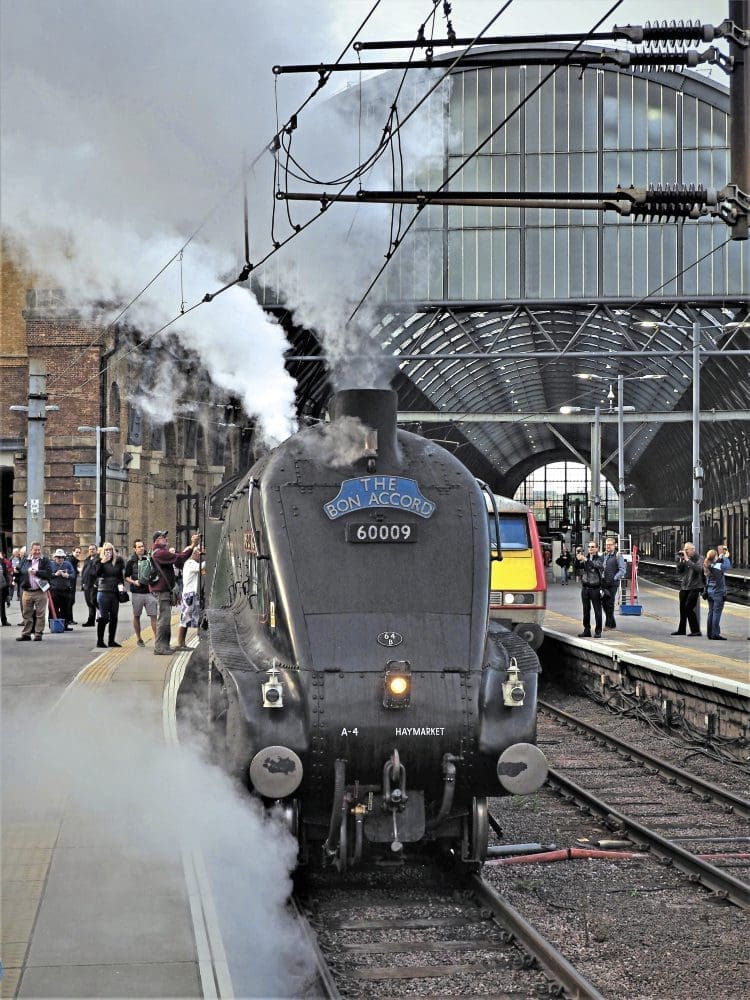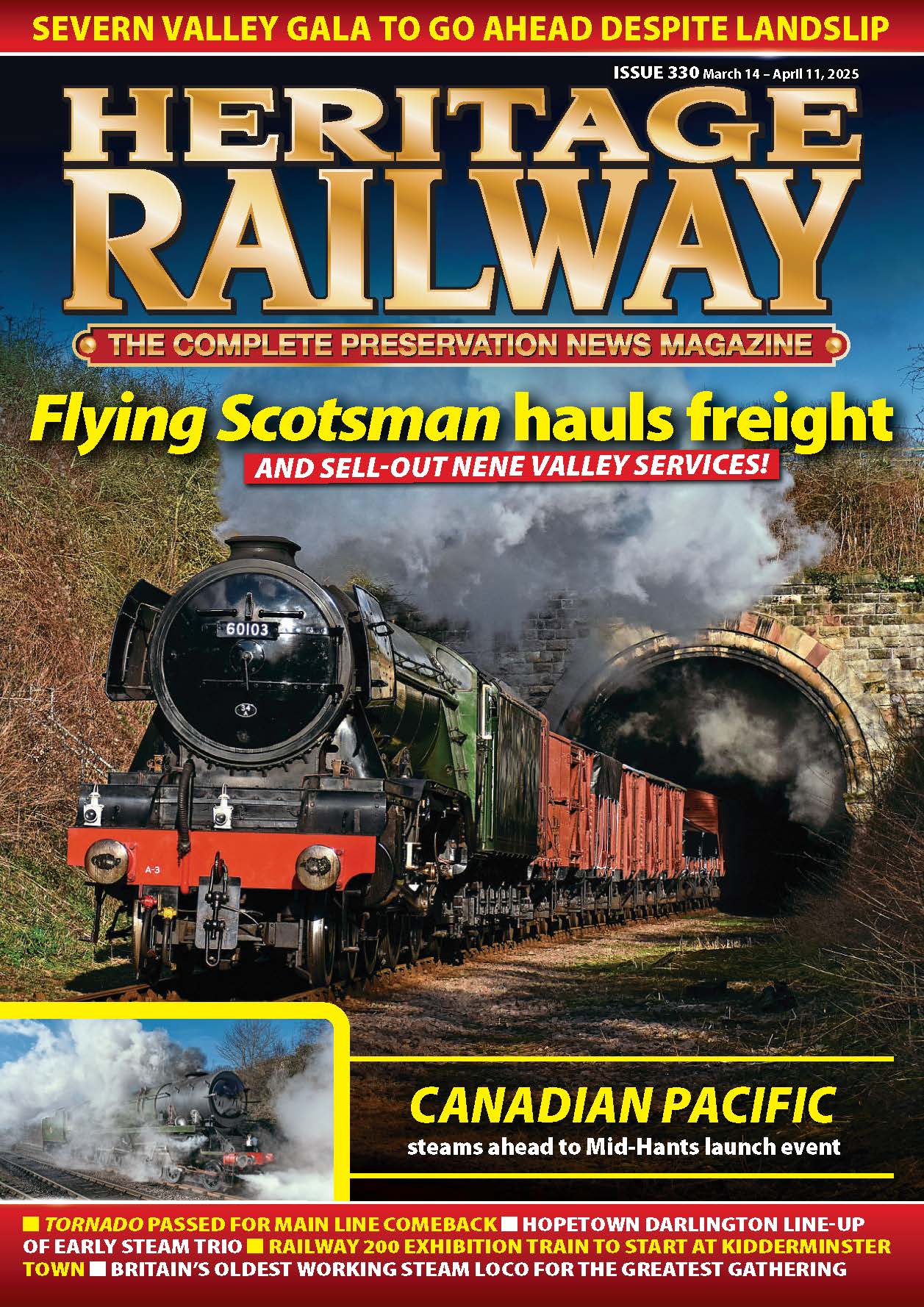Steam-hauled journeys over the fabled Settle and Carlisle line, behind a variety of locomotives, are the main focus of this month’s column by Don Benn.
Over the past year or more I have received from David Bradbury a lot of very detailed train running logs covering the work of various steam locomotives on the Settle and Carlisle line.
I don’t get to visit this line as much as I would like as whatever combination of trains I use to get to the Railway Touring Company’s ‘Cumbrian Mountain Express’ or West Coast Railways’ ‘The Dalesman’, it involves a very long day.
Indeed, the homeward connections from the retimed ‘The Dalesman’ are now such that the chances of not making it home the same day are fairly high! Therefore, this time I am using some of David’s logs.
Enjoy more Heritage Railway reading in the four-weekly magazine.
Click here to subscribe & save.
Table One contains detail of four runs from the Appleby restart to passing Ais Gill with three different locomotives, all demonstrating very good high power performances.

The 1942-built LMS 8F No. 48151 had charge of ‘The Dalesman’ for much of the early part of 2017 and most of 2018. This reliable engine is ideally suited to the fierce gradients of the S&C and its 50mph maximum speed isn’t unduly constraining in view of the line’s overall 60 mph limit.
Nor do 13-coach 500 ton trains hold any terrors, as the loco, though only weighing 72 tons, has a nominal tractive effort of 32,440 lb.
Therefore, I suppose it should not be a surprise to see that it was the fastest of the four runs away from the Appleby start and down the 1-in-176 to cross the river Eden over the viaduct at Ormside.
The 43½ mph on the easier stretch after Crosby Garrett also demonstrated that No. 48151 could continue to produce a good power output, even above the optimum speed range for heavy freight engines.

The performance tailed off slightly on the second half of the climb, but it was nevertheless a splendid effort by Steve Chipperfield and Bob Bullock.
Scots Guardsman excels
The second detail in Table One shows a fantastic effort by LMS class 7 No. 46115 Scots Guardsman, one of three very fine runs it produced in August 2017 just prior to withdrawal for overhaul.
Mick Kelly made the fastest start of the three ‘Scot’ runs, all with 13 on for around 500 tons, but then eased the engine soon after Ormside which resulted in speed falling to 31 mph, before the exhaust noise increased around Crosby Garrett and from then on it was more than 14 minutes of total thrash.
This produced the fastest time to Ais Gill of the three ‘Scot’ runs and by far the fastest in Table One, of 26 minutes 44 seconds, the schedule being 30 minutes.
The power output on the final 1-in-100 from Milepost 262 to the top was in the region of 1850 edbh, a very high figure for a class 7 locomotive. Scots Guardsman’s final run was on August 15, 2017 and with Ron Smith driving it produced another fine climb but not quite up to the standard of August 7.
Read more in Issue 247 of HR – on sale now!
Advert
 Enjoy more Heritage Railway reading in the four-weekly magazine. Click here to subscribe.
Enjoy more Heritage Railway reading in the four-weekly magazine. Click here to subscribe.




